Cost, Revenue, and Break-Even Analysis for Timber Toys and Insects
VerifiedAdded on 2020/02/24
|9
|1167
|97
Homework Assignment
AI Summary
This assignment analyzes the cost and revenue functions for producing timber toys and insects, considering different materials like pine, myrtle, and sassafras. It calculates break-even points, where total revenue equals total cost, for various sale prices, highlighting how these points vary with price changes. The analysis includes fixed and variable costs, illustrating how profit margins are affected. Furthermore, the assignment explores demand and supply functions, determining equilibrium price and quantity before and after a price discount. The impact of the discount on equilibrium, consumer price, and restaurant revenue is evaluated, showcasing changes in customer numbers and profitability. The document uses Excel to generate random numbers for coefficients in the demand function and provides detailed calculations to determine the equilibrium, considering the impact of price reductions on both consumer and business outcomes.
1 out of 9
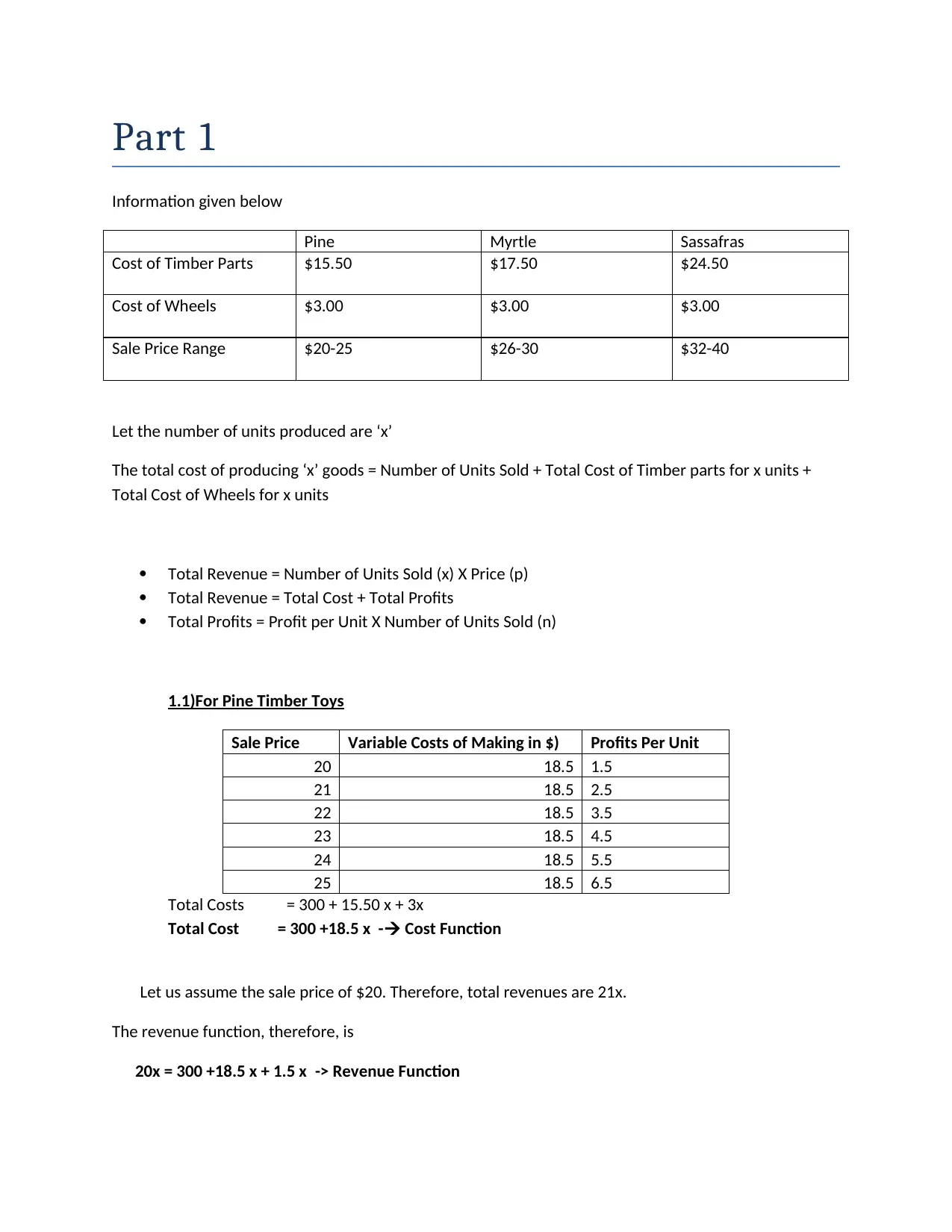
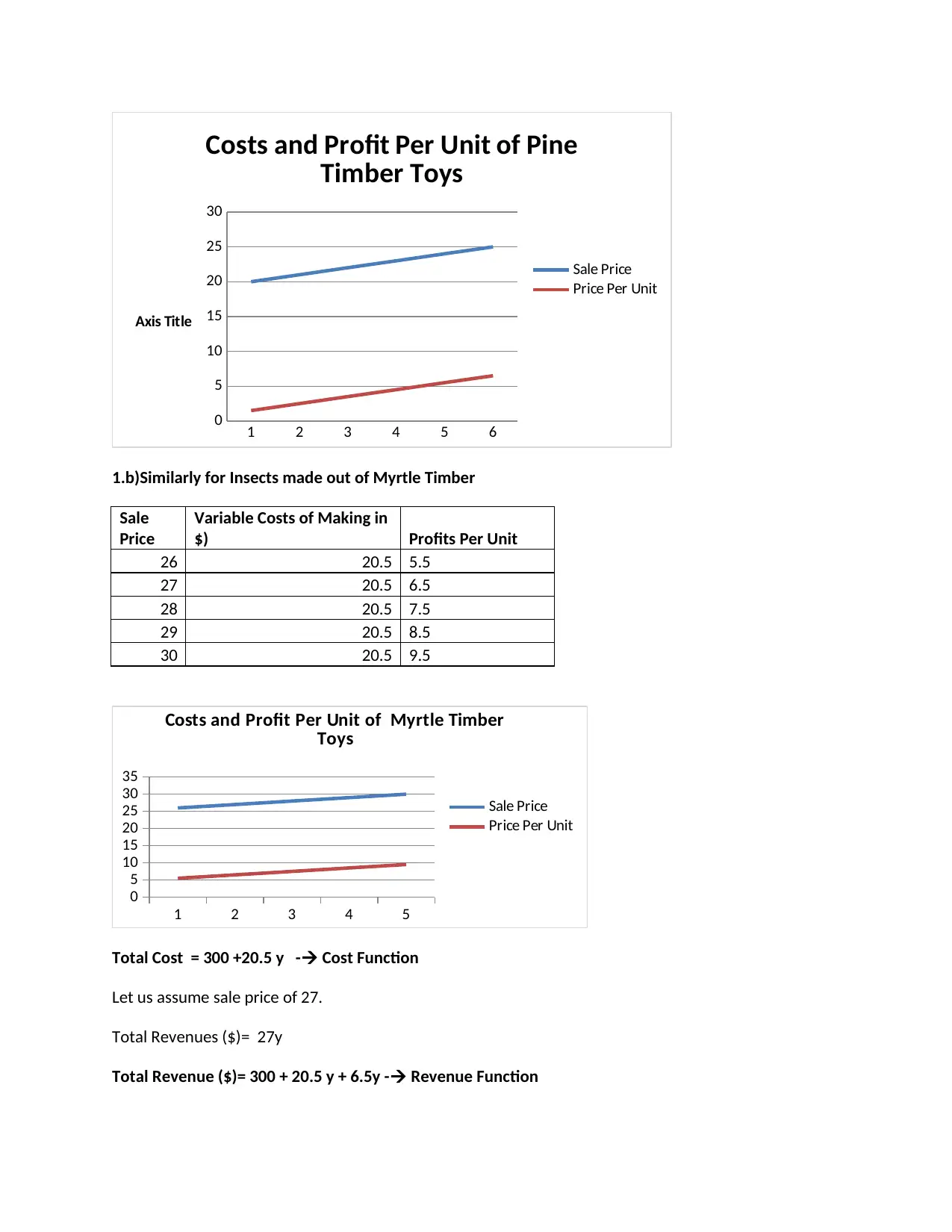
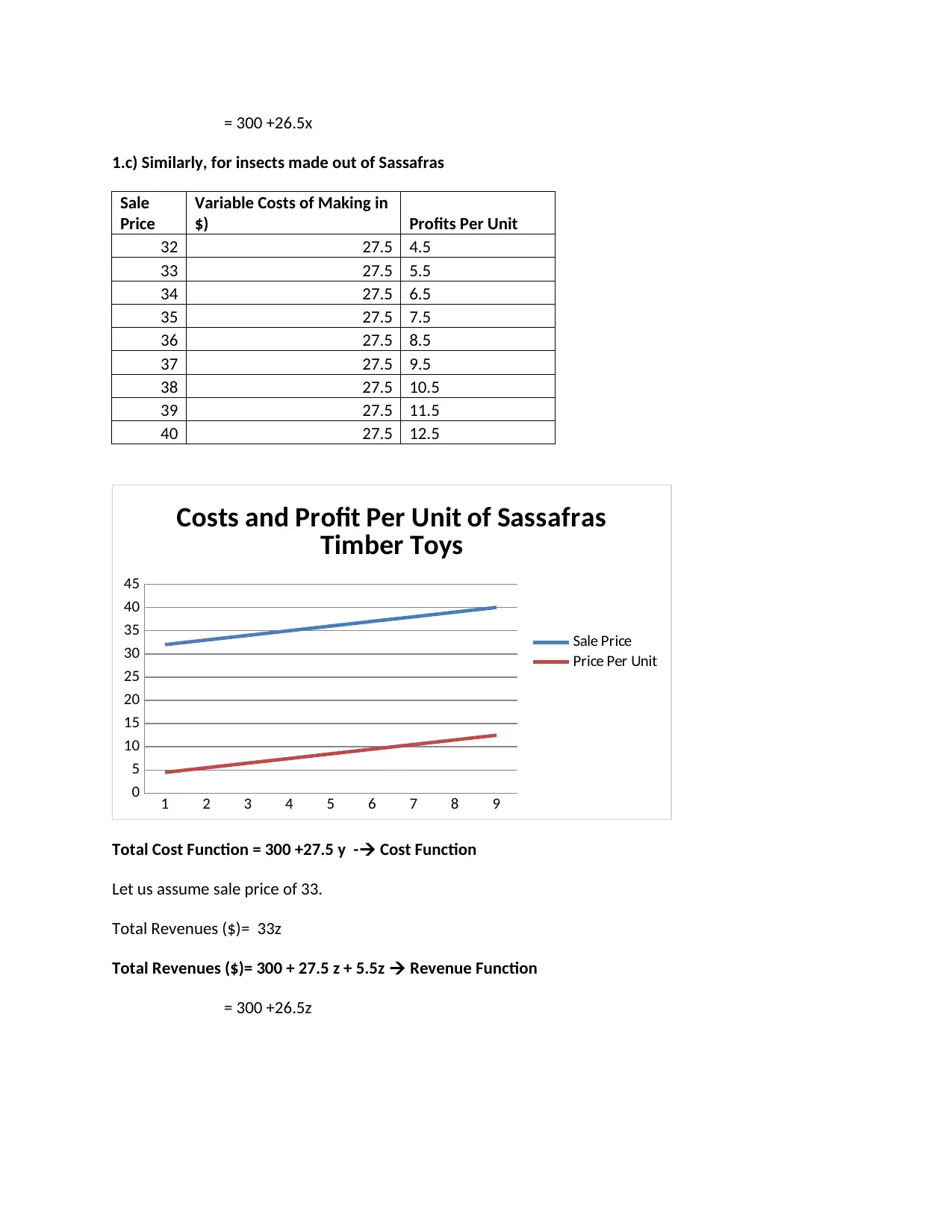
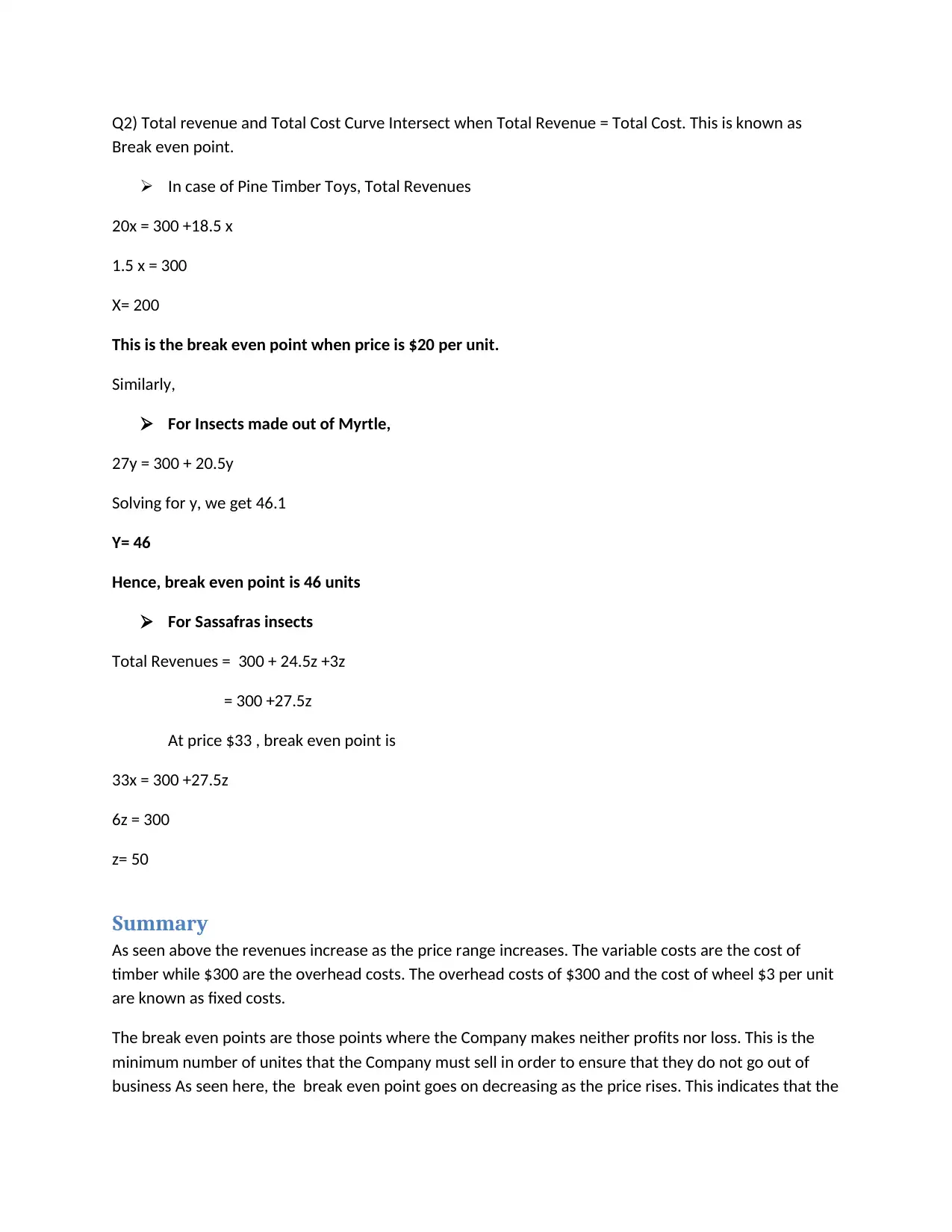
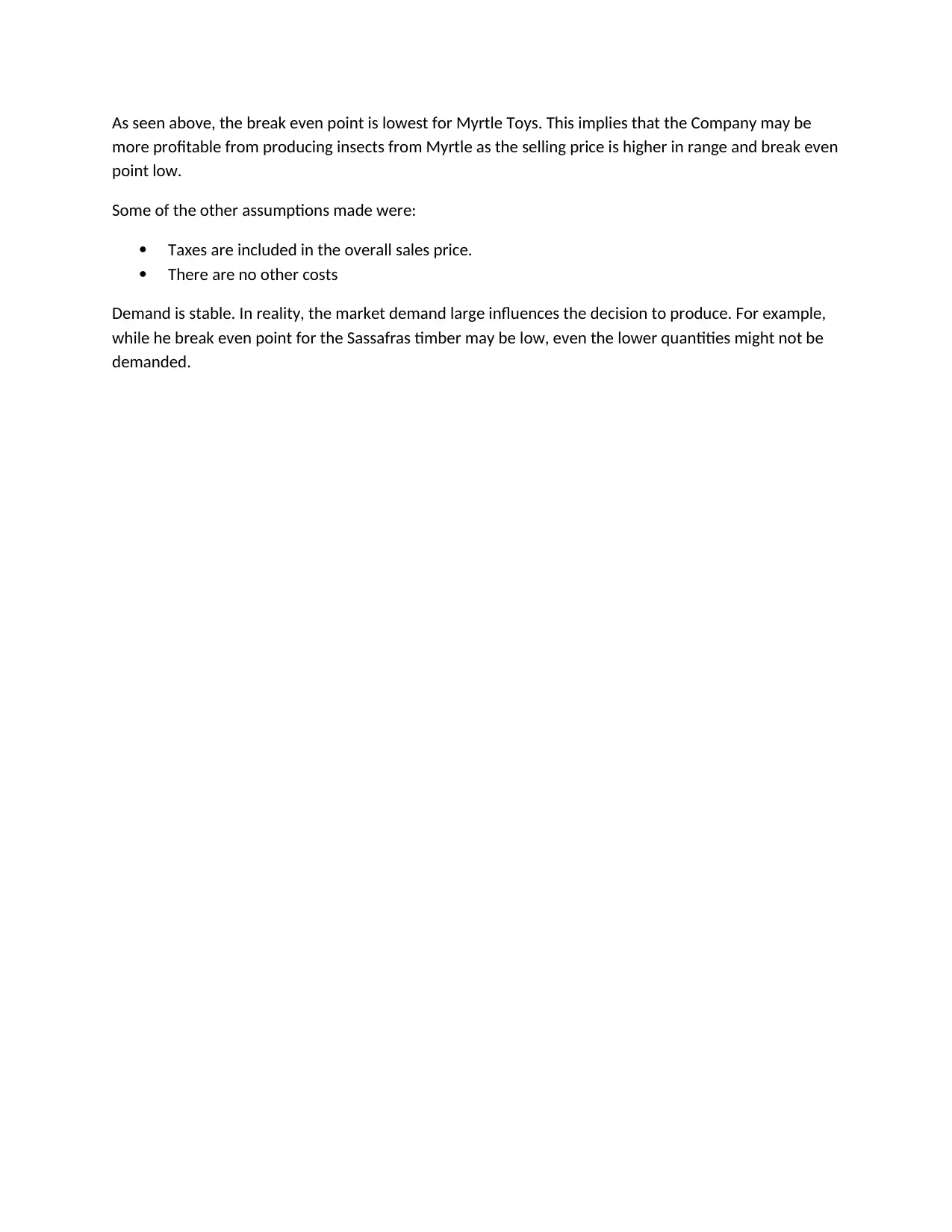
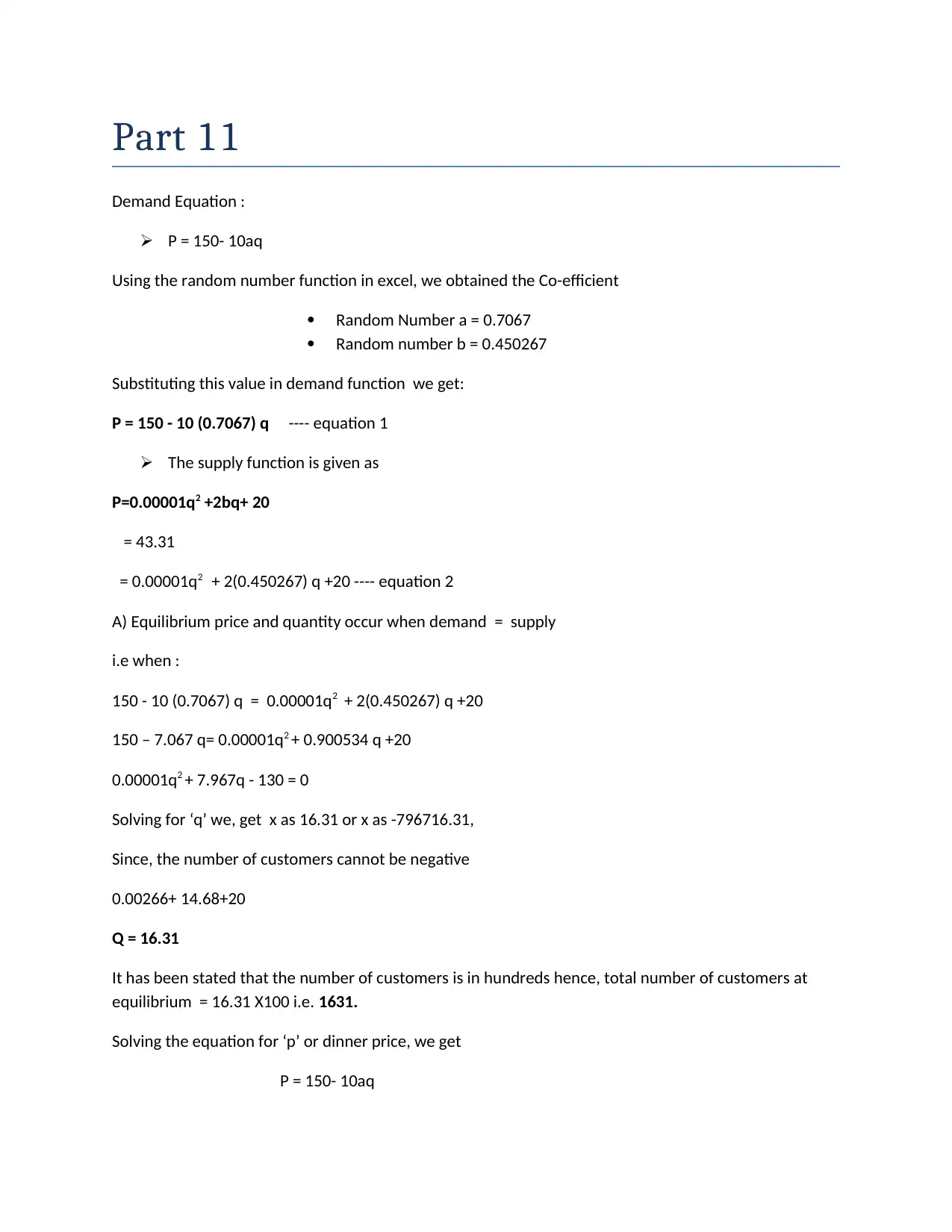
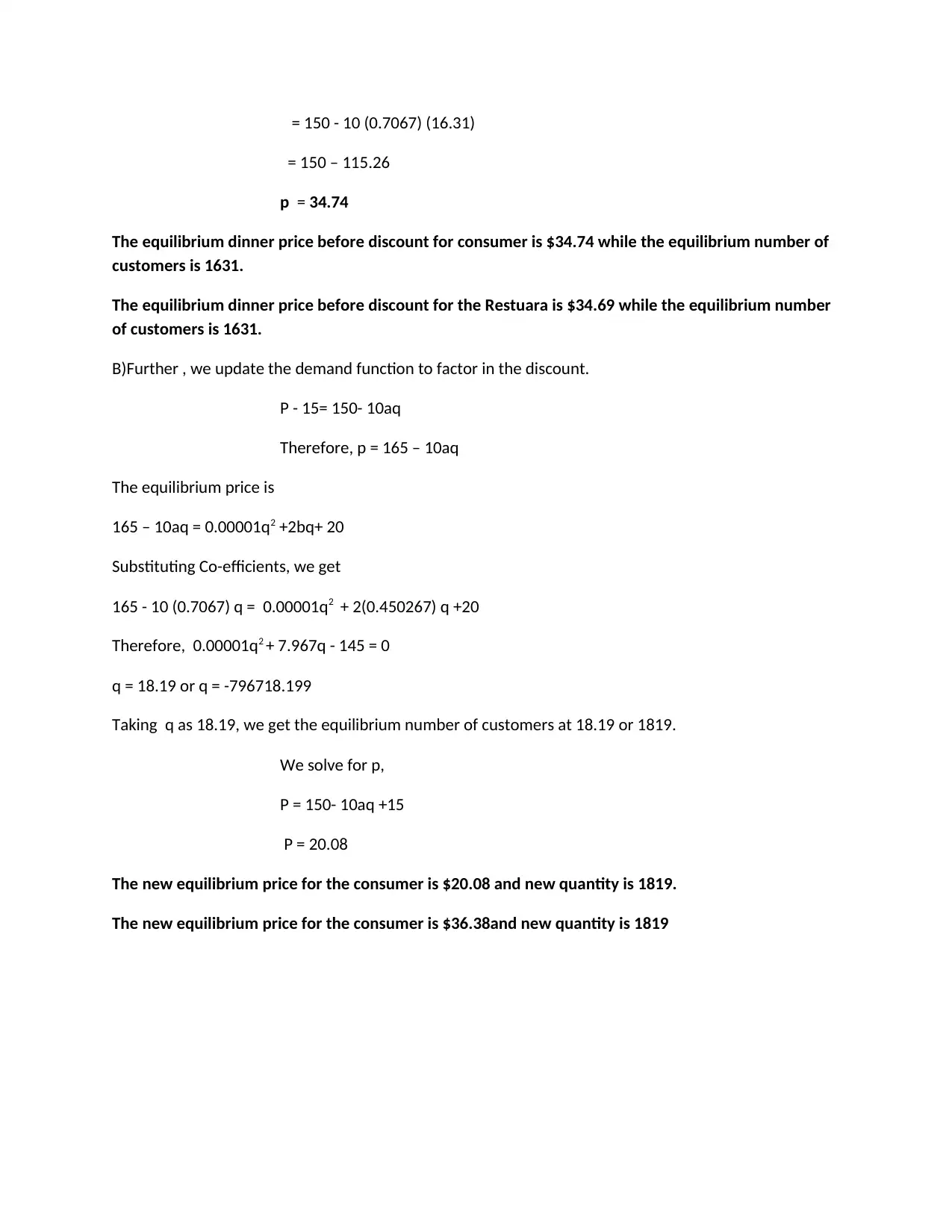
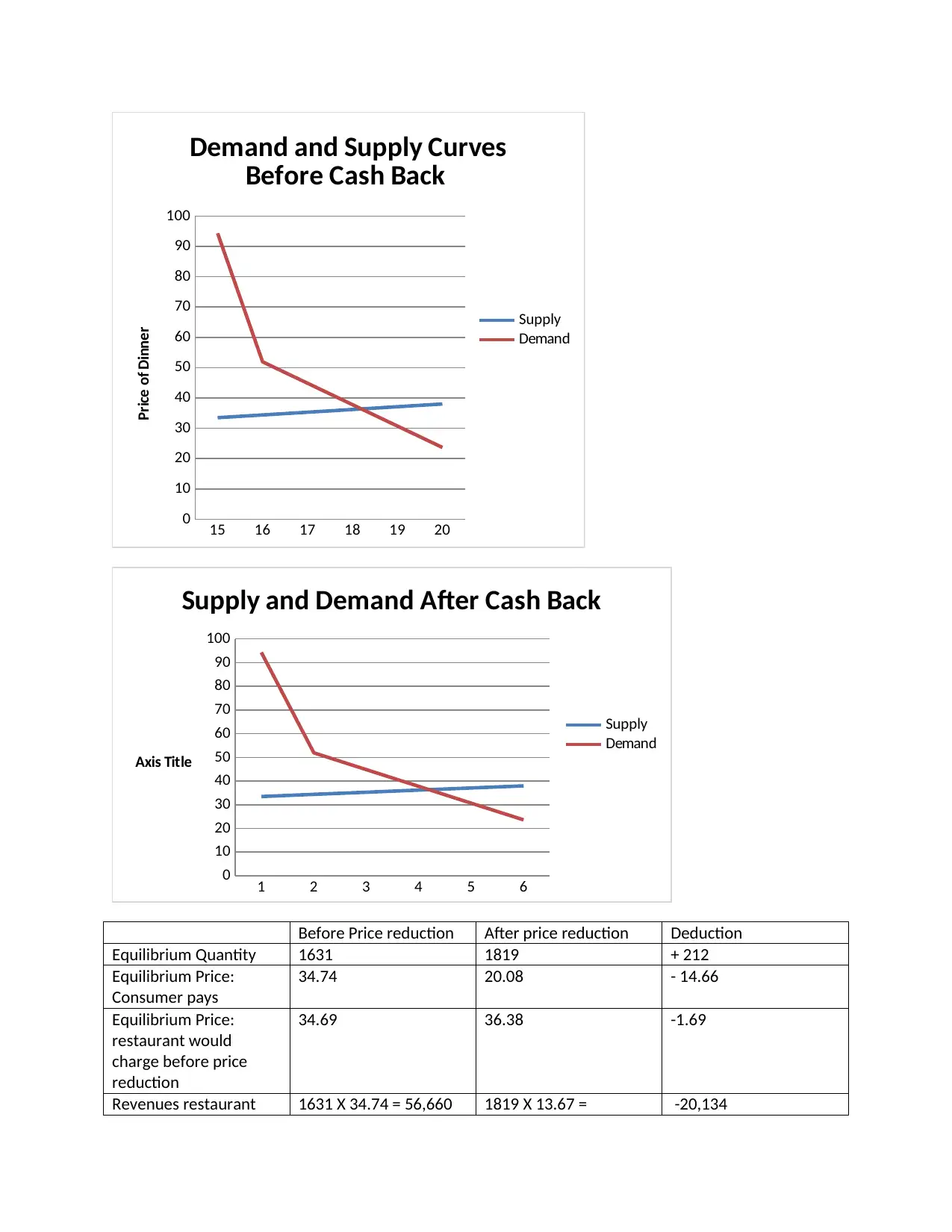
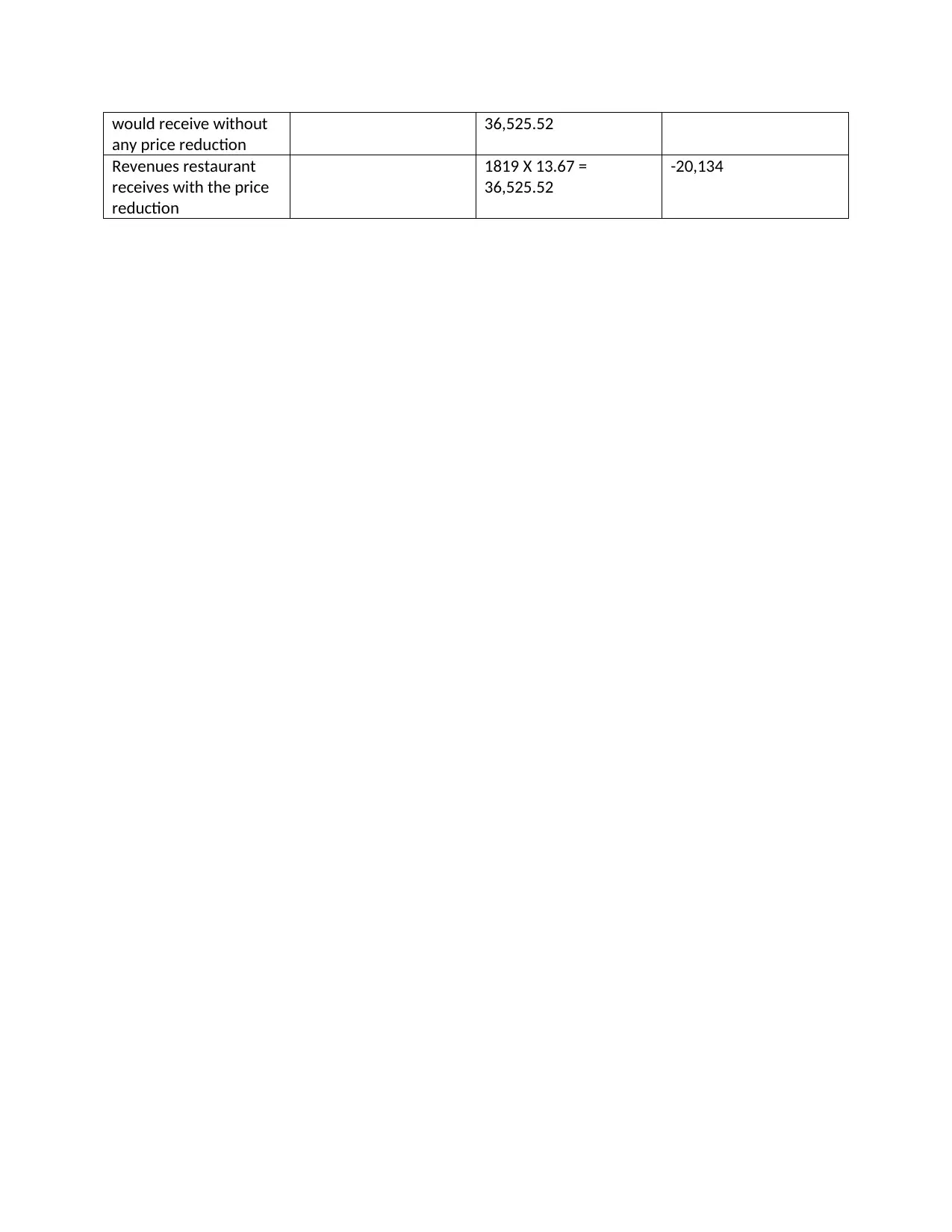


![[object Object]](/_next/static/media/star-bottom.7253800d.svg)